July 5 - 11, 2015: Issue 221
Living Ocean's Coastal Research Project: Humpback Whale Tracking and Behavioural Study
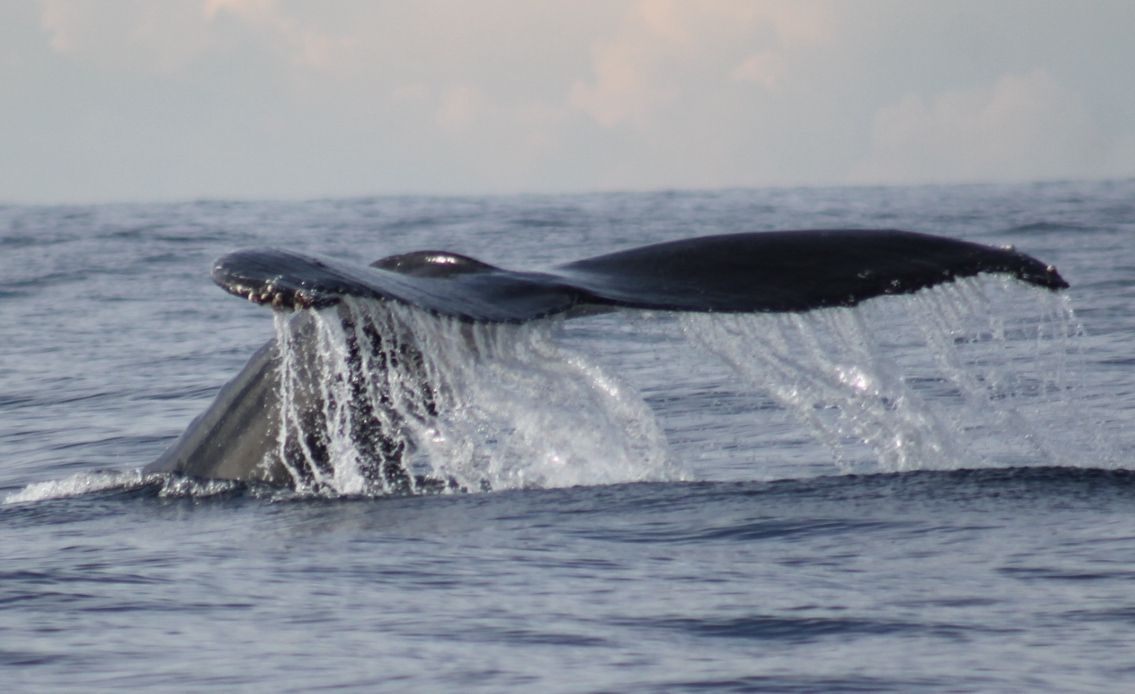
On June 19th the International Whaling Commission (IWC) released the Annual Report of Scientific Committee which included a statement that...
'Evidence of the continued recovery of humpback whales in the Southern Hemisphere was one of the highlights of this year’s meeting. An eight year review of their status was completed and showed total numbers of around 97,000, contrasting with a low due to whaling of around 7,000, and a pre-whaling total of around 140,000. Different patterns of recovery have been observed in different populations, with those off the east coasts of South America, Africa and the west coast of Australia almost fully recovered, whilst those off Brazil and in the Oceania region are still recovering, but more slowly.'
Among more disturbing statements regarding the 'competence' and 'jurisdiction' of the IWC to monitor 'whale meat products in the market' or apply Resolution 1999-9 (Dall's porpoise) in 'Annex U: Statements on the Agenda', news of a return from the brink of the breathtakingly beautiful mammal currently migrating past Pittwater and Australia's eastern seaboards remains a highlight of the year for everyone here too.
A self-evident jurisdiction of whale=ocean home now brings into focus other encroachments on existing in a watery abode. In recent days reports of allowing more offshore mining and all the noise, filth and obstacles associated with such ventures, the abandoned 'ghost nets' and placed at dawn this morning fishing nets, the evidence of boat strikes shown in scars on whale fins and backs, have brought food for thought on what else we may all be competent to speak of, and hopefully, through collecting data and monitoring those migrating, about.
The Australian Government estimated in 1963, when east coast whaling was ended, there were a little over 100 surviving Humpbacks. Prior to whaling there had been at least 40 thousand. In 2006 this had risen to an estimated 8000 and by 2013 the QLD Government estimated their return at 19 000.
But apart from we humans being enthralled at the way they breach, or listening to the sound they make when 'singing' and noting that Migaloo, that white wonder, has grown quite a bit since last year - what else have we found out and how can that inform what our species now wants for this species during its annual long long swim to the large enchanted garden and maternity ward off our land-based home?
Pittwater has, in Living Ocean, a group of people who are committed to doing all they can to ensure our seas remain a 'living ocean'. The 'No Plastic Please' extension into making Boomerang Bags is one side of the volunteers work. Living Ocean's Marine Studies is another aspect, that seeks, as their website states, 'to connect people to their ocean and advance our understanding of the sea and its creatures'.
One of the Living Ocean Studies is the Humpback Whale Migration research program. On Tuesday June 30th we joined Living Ocean volunteers on the MV Salt to learn more this.
On board were Dr. Bill Fulton, who has been studying and rescuing whales since 1986, facilitated the introduction to Australia of revolutionary methods for whale disentanglement, now adopted in all States, and served as president of the whale rescue organisation ORRCA for a number of years. Bill was fortunate to learn much from Dr William Dawbin, DSc, zoologist and marine biologist, whaling historian and cetacean scientist.
Co-leader since 2004 in the Humpback Whale research program Sam Barripp gave a warm welcome too. Mr. Barrip has also presided at ORRCA(Organisation for the Rescue and Research of Cetaceans in Australia), and participated in Zodiac-based whale disentanglement operations and many strandings. Sam and Bill have presented on the research methods at a biennial conference of the international Society for Marine Mammalogy in Capetown.
Shona Lorigan, Vice President of ORRCA, liaised with Cape Solander whale watchers on pods moving up the coast, Jools Farrell, Sea Shepherd Australia - Sydney Chapter and Paulien Gort shared spotting and recording behaviour duties, while Living Ocean photographers Jake Parker and Rita Kluge focused on keeping a visual record.
Vessel Master of the trip we were on was Trevor Hayes, while Mark Farrell had done the previous six trips. The vessel "Salt" was provided by owner Marcus Lincoln-Smith whose company is Ecology Matters Pty Ltd. Sea School International Pty Ltd is managing this vessel and has facilitated this research program with Living Ocean.
We spoke to Dr. Fulton about Tuesday's mission while heading out of Pittwater:
What are we doing today Bill – what is the Humpback Whale Migration Research Program?
We’re continuing a Research Program that began in 2004. The idea behind it was, whereas whale researchers had been putting satellite transponders onto whales and tracking them over long distances, we were gong to take a particular geographic area, namely off Sydney and the Central Coast, and we would track large numbers of humpbacks going past on their annual Northern Migration and that we would do this non-invasively.
So rather than attach anything to the whales we would simply use compass and get a compass bearing to the whale, and the range to the whale and put this into some software that we developed that can calculate the latitude and longitude of the whale in relation to the boat, which is fitted with GPS.
What we study is the position to the whale and the tracks they follow. We’re interested in how that correlates with the topography of the bottom of the ocean floor as well as other factors. We also look at the environments; so we record the waves heights and clouds and everything about the environment.
The other part is their behaviours, which is probably quite interesting to others. We record if there’s a breach, a volunteer watching will state this to the volunteer using the program and press ‘breach’ on the App., if it’s a tail slap or ‘dive’ or ‘blow’ – and all of the many behaviours.
This is helping us to gain an understanding of stress levels in the whales by how often they tail slap, for example.
What does a tail slap mean then?
It can mean many things, and we don’t totally understand this of course, but certainly when a whale is stressed it is very likely to tail slap.
We have some government licences to do what we do. One of these is from the New South Wales Government that operates when we’re in state waters out to five kilometres. Then we have a Commonwealth licence for beyond that.
We have different conditions on the two licences and have a function incorporated into our App. to tell us that we’re a hundred metres inside state waters and therefore have to follow the conditions pertaining to that licence.
What do you do with this data?
Our study is a statistical study which means we need a lot of data to be able to draw any statistical conclusions. We have been doing this for ten years so far.
The Living Ocean Centre for Marine Studies builds upon the expertise of the Whale and Seal Foundation (WSF), which merged into Living Ocean in 2014. WSF brought into Living Ocean experienced whale researchers and educators, including several of the most experienced whale rescue specialists in Australia. For many years WSF volunteers trained the NSW National Parks Service, Australian National Parks, Water Police and other organisations in the rescue of stranded and entangled whales.
This year we will be going out at least eight times and will be doing so for many years yet to continue gathering this information. By observing the whales over this length of time the data can help you to begin to form hypotheses.
Part of this is pure research and scientific curiosity and what this can lead to in discovering what we didn’t know before. The other side is that we really hope what we find out can inform legislation and regulation to improve the lot of the animals.
Fuel for vessels is not cheap though - how is this work funded?
No, the fuel for one day alone amounts to $400.00. We rely on people wanting to support the work. Volunteers work aboard the boat and on land. People can also make a donation through the Living Ocean website.
__________________________________
On the trip we were fortunate to be included on Bill and Sam decided to leave one pod soon after finding them as they were showing signs of distress - slapping the water with their long pectoral fins.
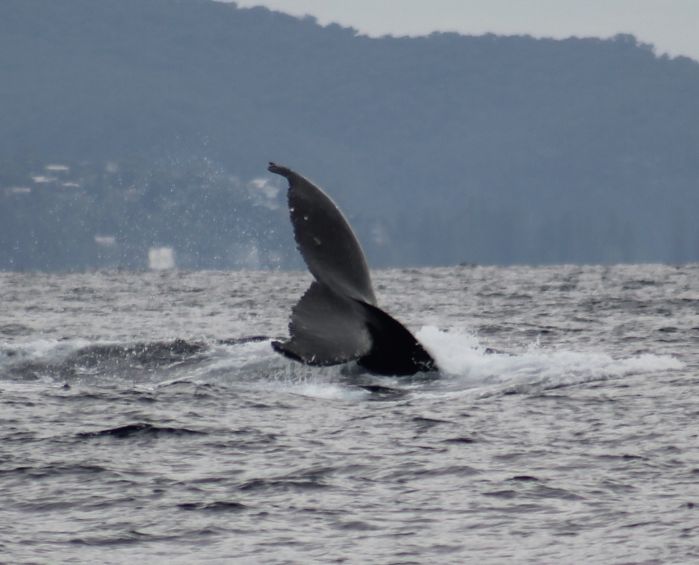 All on board were fortunate to witness breaches towards the MV Salt too - which can mean the whales are curious and want to have a look at those looking at them!
All on board were fortunate to witness breaches towards the MV Salt too - which can mean the whales are curious and want to have a look at those looking at them!
There is an intense concentrated aspect to the work as well. The research team is licenced to accompany a pod for up to three hours if they can do so without causing stress. A pod of five humpback whales which didn't display behaviour showing they were disturbed by our presence was met, one turning towards us and diving under the boat to have a look back at us soon after we found them.
These were chosen to travel with north to collect data. During this time all on board attended to their allotted tasks of recording behaviour, position, environment or a visual record.
The soft chant of 'blow, blow, blow' - then 'dive' or 'tail slap' or a call to the Master to either put the vessel into neutral or stop altogether to not encroach upon the pod when they turned towards us was continuous. Lunch was hastily eaten sandwiches with members swapping duties for half minutes. When they slipped under the surface all eyes were turned to all horizons to see when and where they would surface again.
This doesn't immerse you in how peaceful the whole day was though, or how the small 'boom' when a whale resurfaces to breathe sounds. These are quiet giant creatures. They slip gracefully, side by side in some ancient ballet, through the water together.
There may be days and pods that are more active, apparently 'mobbing' the boat and hours of spectacular breaches, crew members related the second day of research when they witnessed a dolphin and two seals playing with a whale, or a whole day of spectacular curious whales swimming beneath or breaching right at the Salt, but our day was a dwelling with sojourn.
This whale pod of five were busy getting north.
Markings on the back of one showed possible encounters with human made structures - fishing lines or boats. A juvenile was kept between two adults. Their peaceful dives, without tail slaps to show stress, one after the other into the same water trail makes you wonder if they are to ocean currents what albatross flight is to wind and wave energy.
As the sun slipped down the western sky we bid farewell and fair journey to these wonderful creatures and Trevor turned the Salt towards home. Everyone was quiet, and quietly smiling even though tired.
We must have seen at least 20 whales, saw others breaching much further out along the horizon who must be giants if they appear that big from that far away! It certainly is humpback whale migrating season.
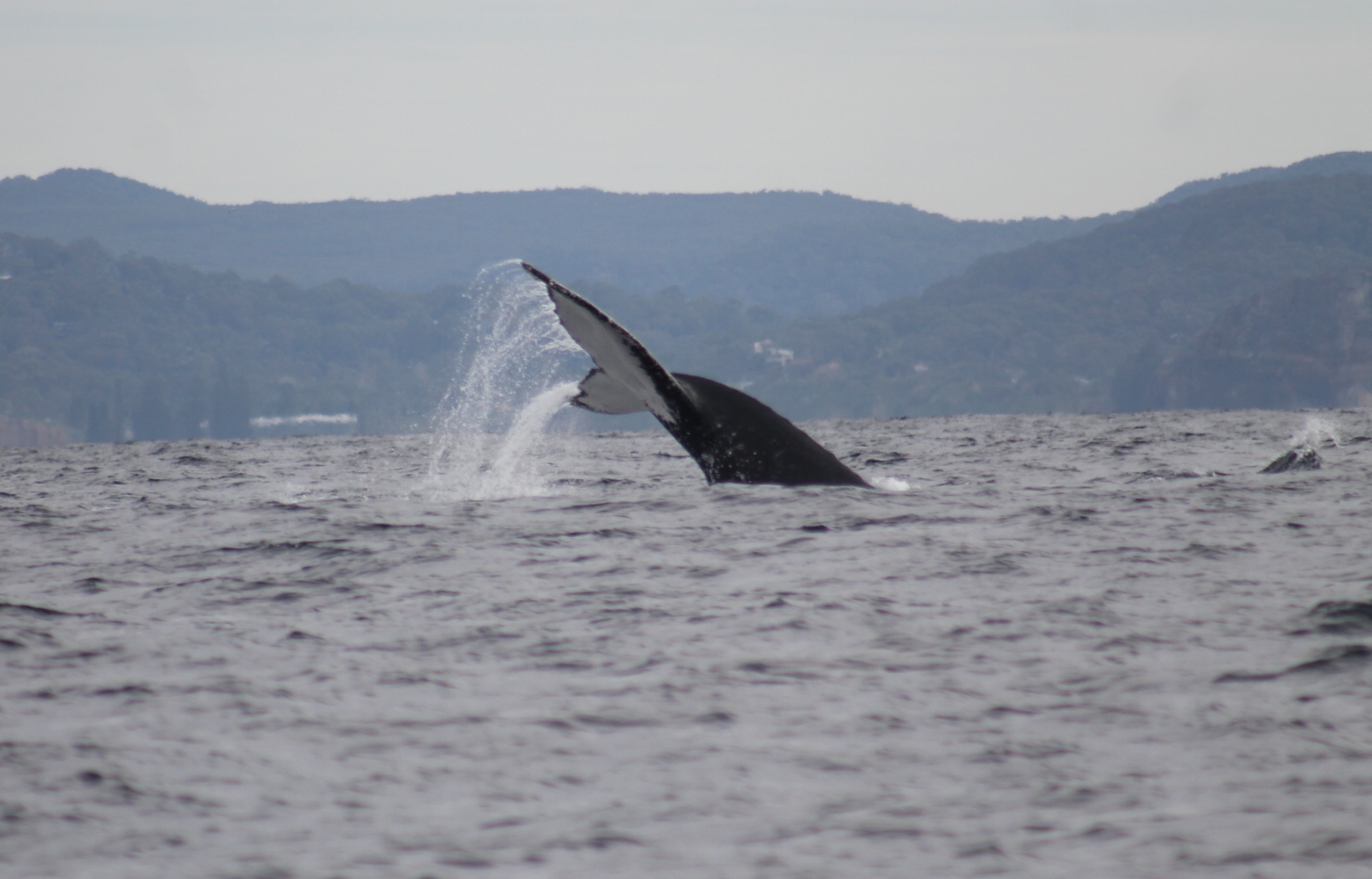
___________________________________
Notes:
You can support Living Ocean through making a donation through their website, purchasing one of their products or attending one of their events. Dr Reese Halter is speaking at Avalon Beach SLSC on Wednesday July 15th - cover charge $10.00. Visit: www.livingocean.org.au
Extra this Issue: Sea-birds off Pittwater; The Black-browed Albatross, Australasian Gannet and Brown Skua - (spotted while aboard MV Salt on Tuesday)
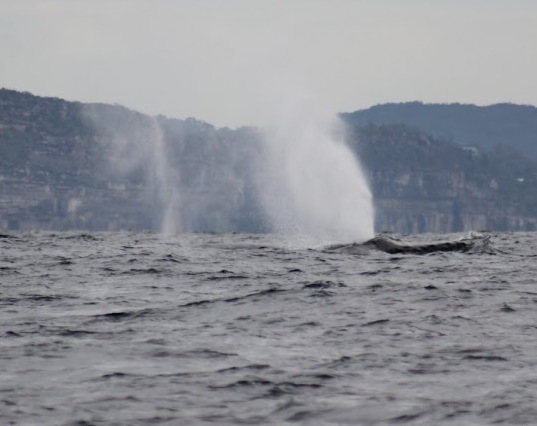 The humpback whale (Megaptera novaeangliae) is a species of baleen whale. One of the larger rorqual species, adults range in length from 12–16 metres (39–52 ft) and weigh approximately 36,000 kilograms (79,000 lb). The humpback has a distinctive body shape, with unusually long pectoral fins and a knobbly head. An acrobatic animal known for breaching and slapping the water with its tail and pectorals, it is popular with whale watchers off the coasts of Australasia and the Americas. Males produce a complex song lasting 10 to 20 minutes, which they repeat for hours at a time.
The humpback whale (Megaptera novaeangliae) is a species of baleen whale. One of the larger rorqual species, adults range in length from 12–16 metres (39–52 ft) and weigh approximately 36,000 kilograms (79,000 lb). The humpback has a distinctive body shape, with unusually long pectoral fins and a knobbly head. An acrobatic animal known for breaching and slapping the water with its tail and pectorals, it is popular with whale watchers off the coasts of Australasia and the Americas. Males produce a complex song lasting 10 to 20 minutes, which they repeat for hours at a time.
Right: 'blow'
Found in oceans and seas around the world, humpback whales typically migrate up to 25,000 kilometres (16,000 mi) each year. Humpbacks feed only in summer, in polar waters, and migrate to tropical or subtropical waters to breed and give birth in the winter. During the winter, humpbacks fast and live off their fat reserves. Their diet consists mostly of krill and small fish. Humpbacks have a diverse repertoire of feeding methods, including the bubble net feeding technique.
Once hunted to the brink of extinction, its population fell by an estimated 90% before a moratorium was introduced in 1966. While stocks have since partially recovered, entanglement in fishing gear, collisions with ships, and noise pollution continue to impact the 80,000 humpbacks worldwide.
Humpback whale lifespans range from 45–100 years. Fully grown, the males average 13–14 m (43–46 ft). Females are slightly larger at 15–16 m (49–52 ft); one large recorded specimen was 19 metres (62 ft) long and had pectoral fins measuring 6 metres (20 ft) each.
More at: Humpback whale. (2015, July 3). In Wikipedia, The Free Encyclopedia. Retrieved from https://en.wikipedia.org/w/index.php?title=Humpback_whale&oldid=669830388
Approaching whales and dolphins in NSW - NSW Government Department of Environment & Planning
Retrieved from: www.environment.nsw.gov.au/animals/whaleregulation
The NSW National Parks and Wildlife Amendment (Marine Mammals) Regulation 2006 (the Regulation) was introduced to protect marine mammals such as whales and dolphins, preceded in 2005 by The Australian National Guidelines for Whale and Dolphin Watching2005. These define ‘approach distances’, ‘caution zones’, ‘negligible wake’ and ‘prohibited vessels’ and state vessels must stay 300 metres from whales when a calf is present.
The Definitions of these:
Approach distance—see figures 1-3 (referred to as 'prescribed distance' in the Regulation): a distance beyond which a vessel or person may not approach a marine mammal.
Caution zone: a distance of between 100 m and 300 m from a whale and between 50 m and 150 m from a dolphin. In the caution zone, vessels must travel at a constant slow speed and leave a negligible wake.
Negligible wake: wake that does not create waves big enough to make nearby boats move.
Prohibited vessels: these are vessels that can make fast and erratic movements and not much noise underwater, so there is more chance they may collide with a marine mammal. Such vessels include personal motorised watercraft like jet skis, parasail boats, hovercraft, hydrofoils, wing-in-ground effect craft, remotely operated craft or motorised diving aids like underwater scooters.
Vessels: these are watercraft that can be used as transport including motorised or non-motorised boats, surfboards, surf skis and kayaks.
If people encounter whales or dolphins they must:
Vessels must always travel at a safe speed which will enable them to stop in time to avoid distressing or colliding with an animal. This speed cannot be expressed as a maximum number of knots as it will vary according to circumstances and conditions. In the caution zone, the speed must be constant and slow, and leave a negligible wake.
For details of how to minimise wake from a vessel visit the NSW Maritime website or phone 131 256.
First, assess the direction the animals are travelling in then plan a course so your vessel will not cut across their path, or put the vessel directly in front of or behind them. Approach the caution zone at an angle of not less than thirty degrees from their direction of travel at a steady constant speed, being aware of changes in animal behaviour or direction.
If there is a calf in a group (defined as half the length of the adult of the same species), it is illegal under the Regulation to enter the caution zone.
How can people tell when a whale or dolphin is distressed?
• irregular changes of direction or in swimming speed
• hasty dives
• changes in breathing patterns
• aggressive behaviour such as tail slashing or forceful 'trumpet blows'.
Whales and dolphins sometimes approach vessels, or dolphins may ride the bow wave (it is an offence under the Regulation to encourage them to do so). In these situations, do not suddenly change speed or direction in the case of a whale. Slow down, engage neutral and wait until the animal has moved beyond the approach distance. Then, travel at a constant slow speed until you leave the caution zone.
_____________________
William Henry Ivo Dawbin, 1921-1998, zoologist and marine biologist, was born near Fielding, New Zealand. He was educated at the University of New Zealand where he graduated in 1941. During World War II he was a member of the Cape Expedition to the remote Auckland Islands in the sub-Antarctic. After the war he was research assistant to Sir John Eccles at the University of Otago and in 1948 conducted field studies on whales in New Zealand. In 1951 joined the British Marine research vessel Discovery II for scientific survey work in Antarctic water. In 1956, William Dawbin was appointed senior lecturer in zoology at the University of Sydney. He lived in Sydney until his death in 1998.
William Dawbin's seminal paper 'Whales and Whaling in the Southern Ocean', published in 'The Antarctic Today' in 1952, was the first of many papers on whales and whaling published between 1952 and 1997. He was considered a world authority on Pacific whaling. William Dawbin was co-founder of the Antarctic Society of Australia in 1984, and an honorary research assistant of the Australian Museum. - Courtesy State Library of NSW.
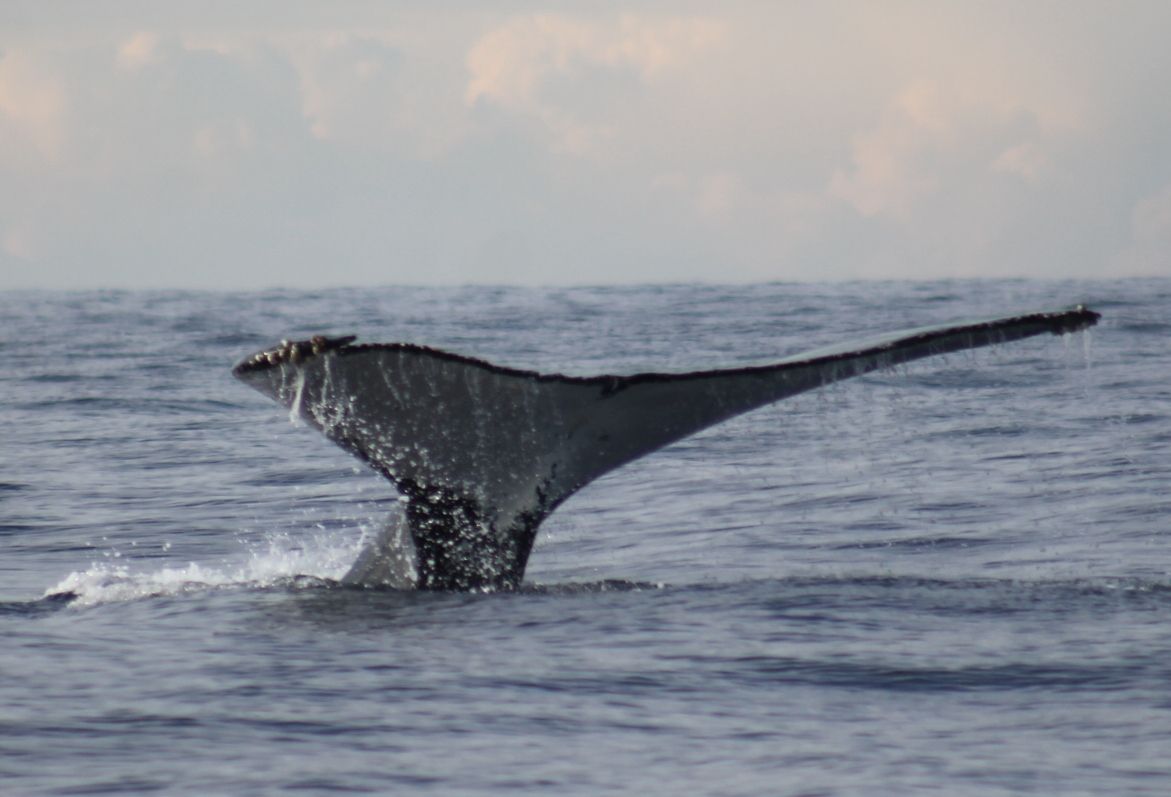
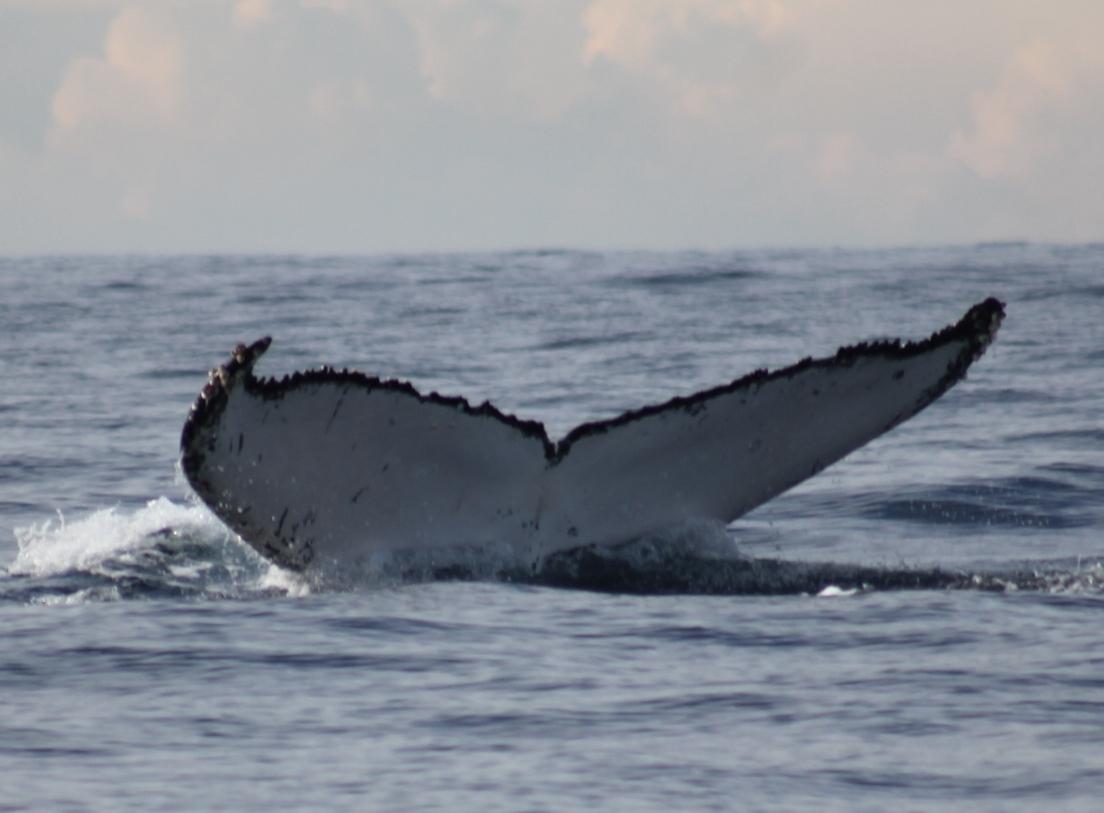
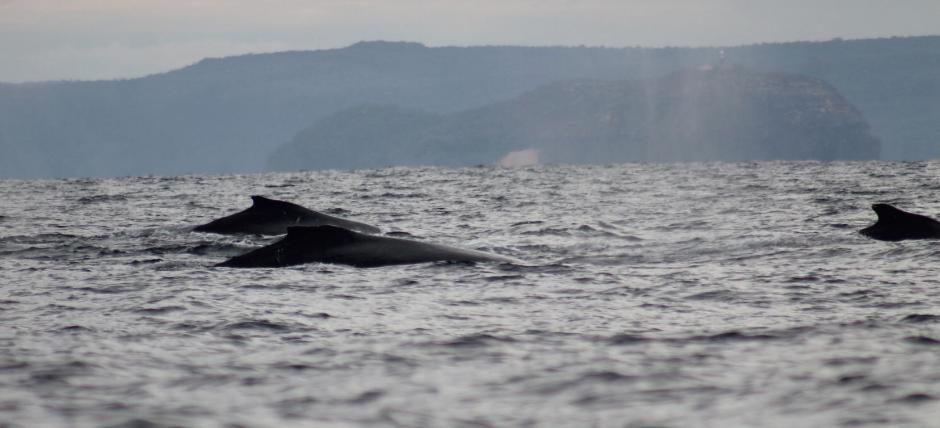
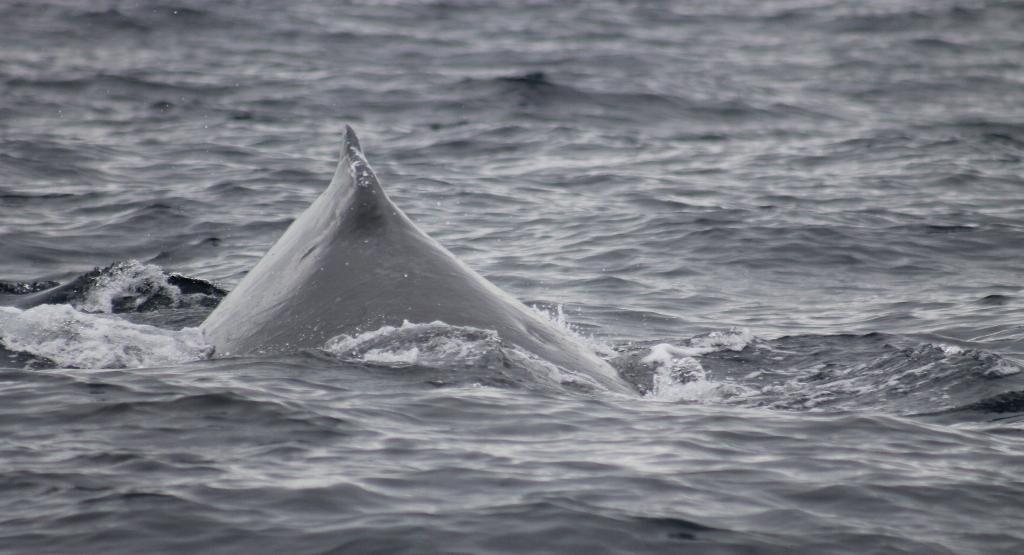
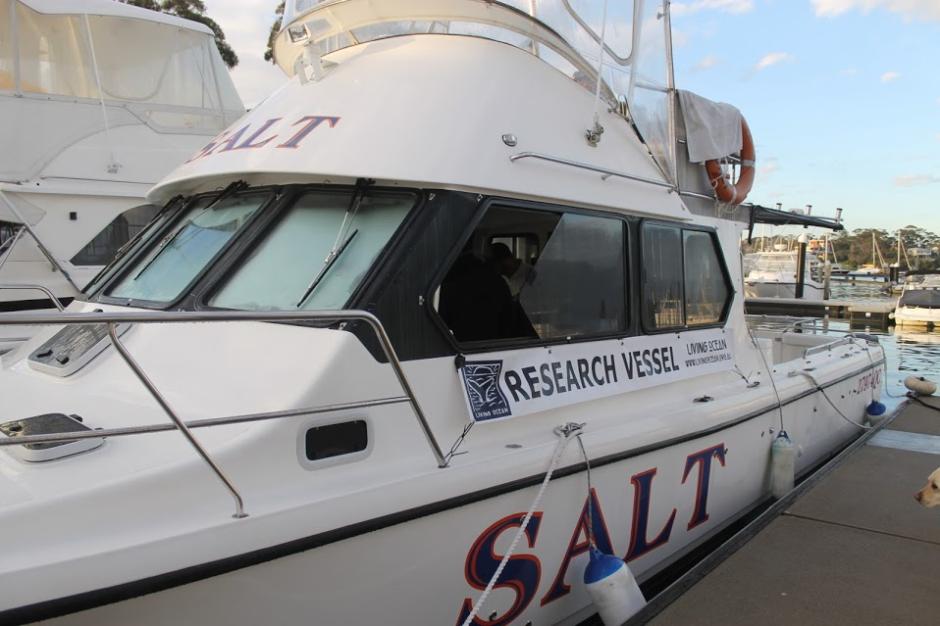
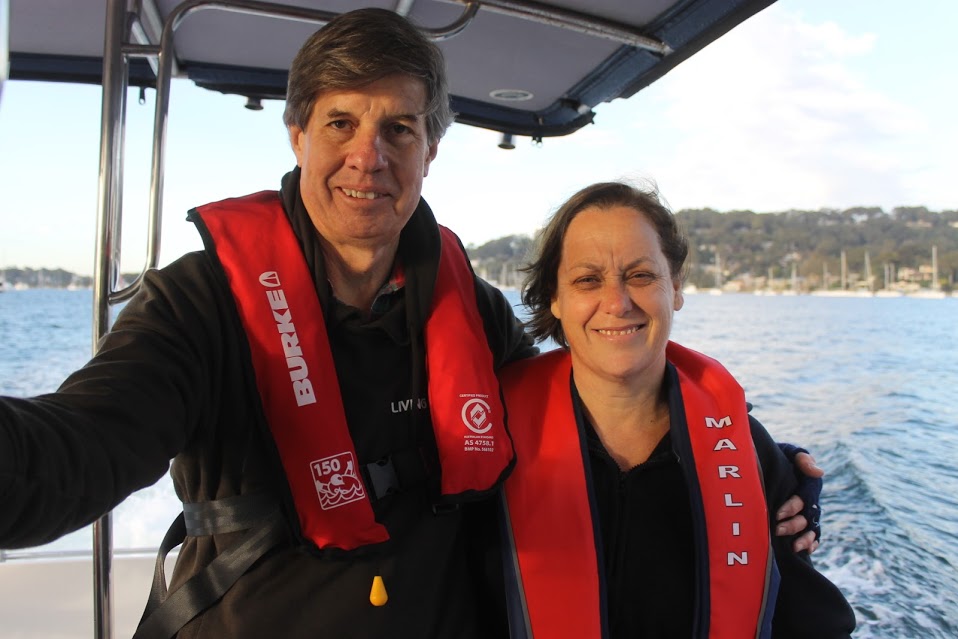
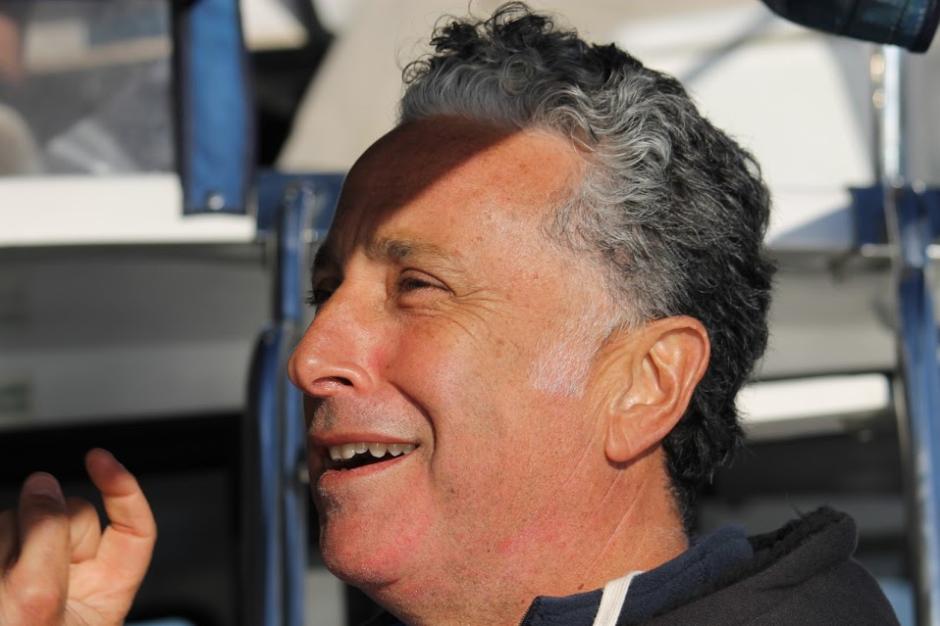
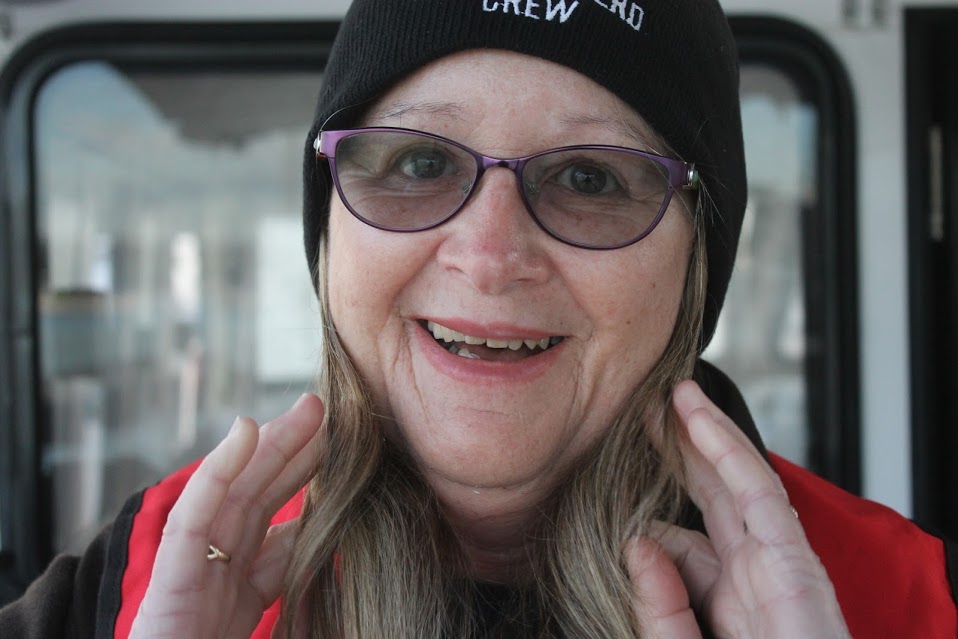
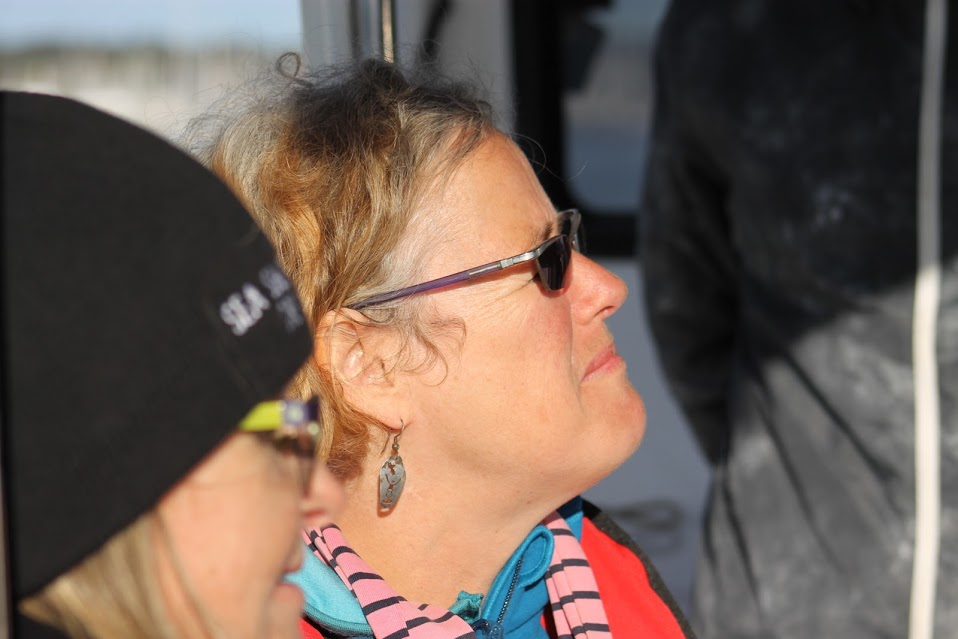
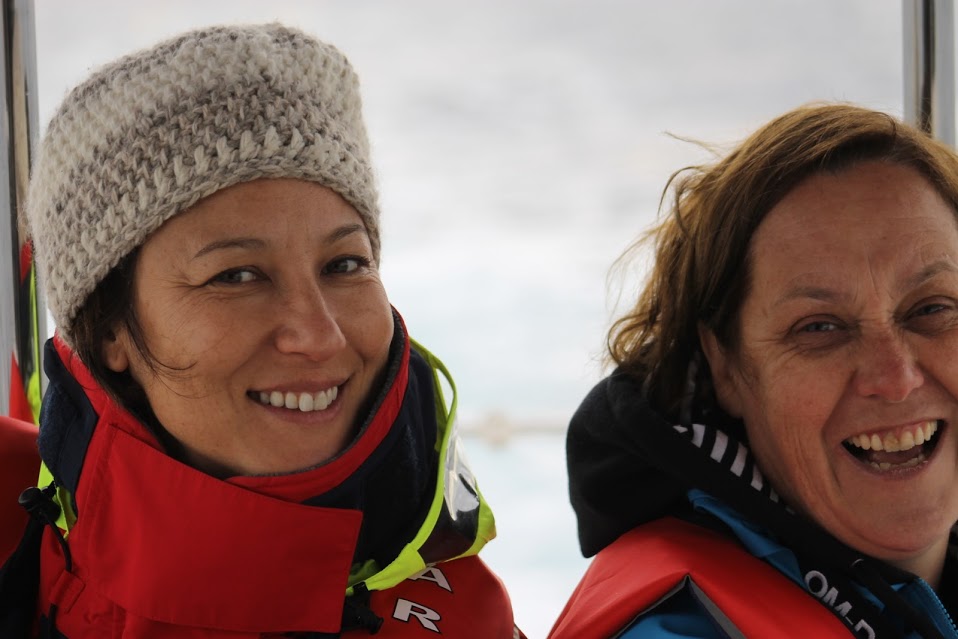
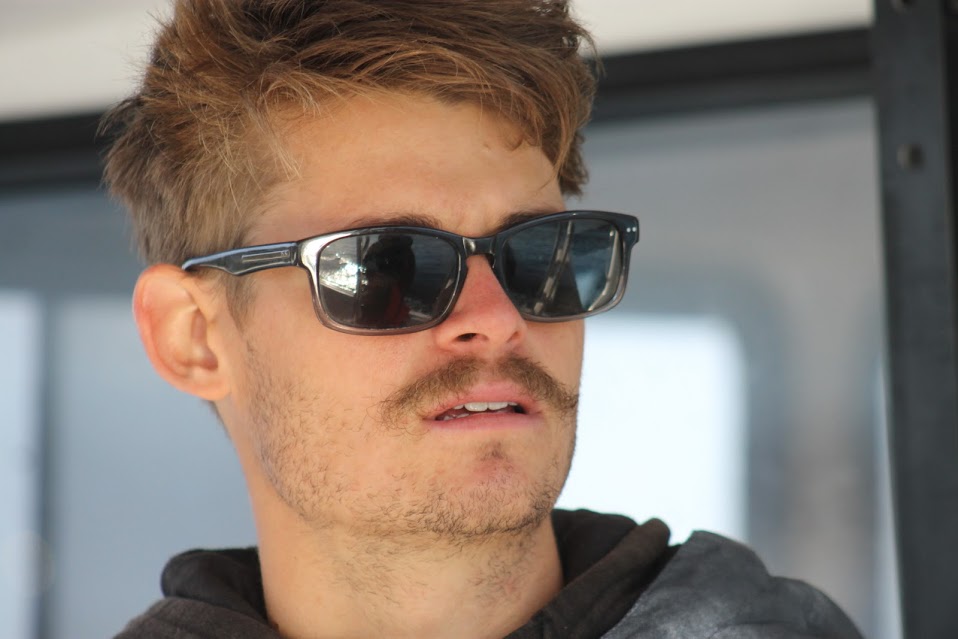
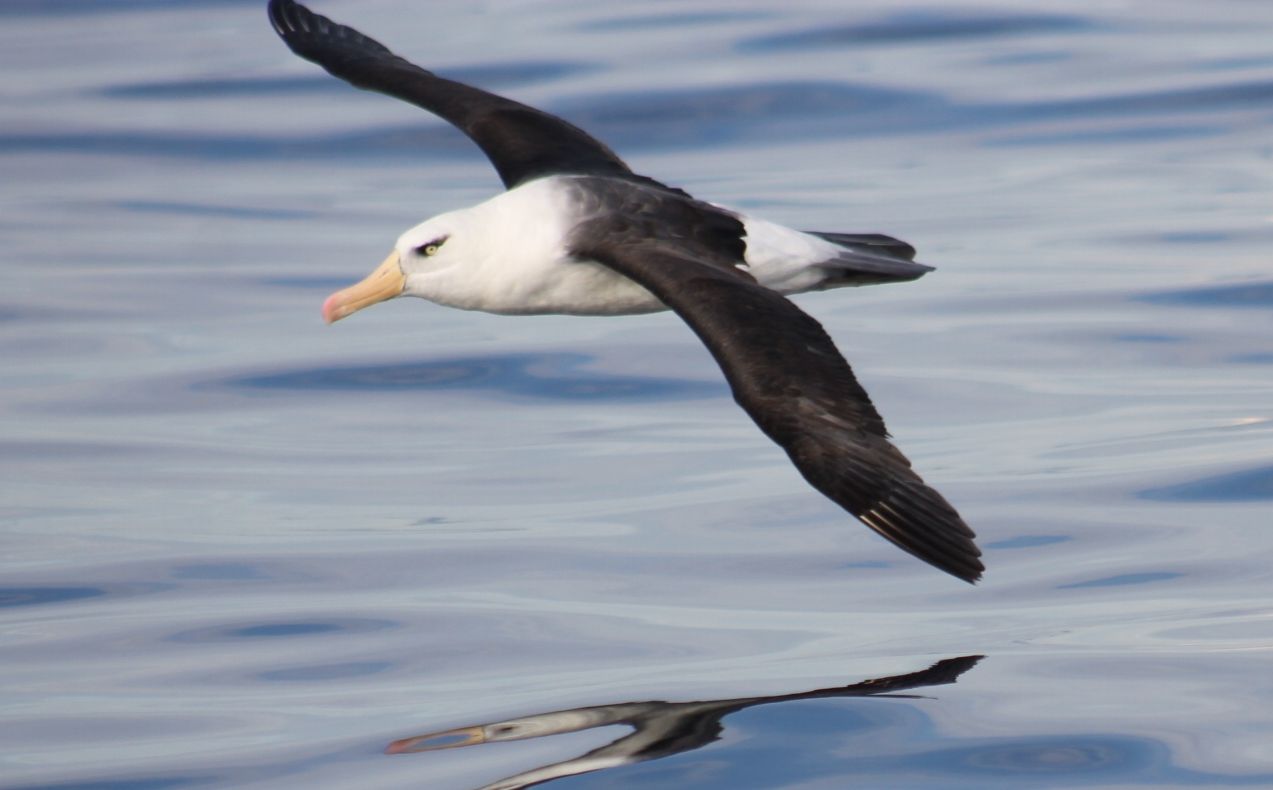
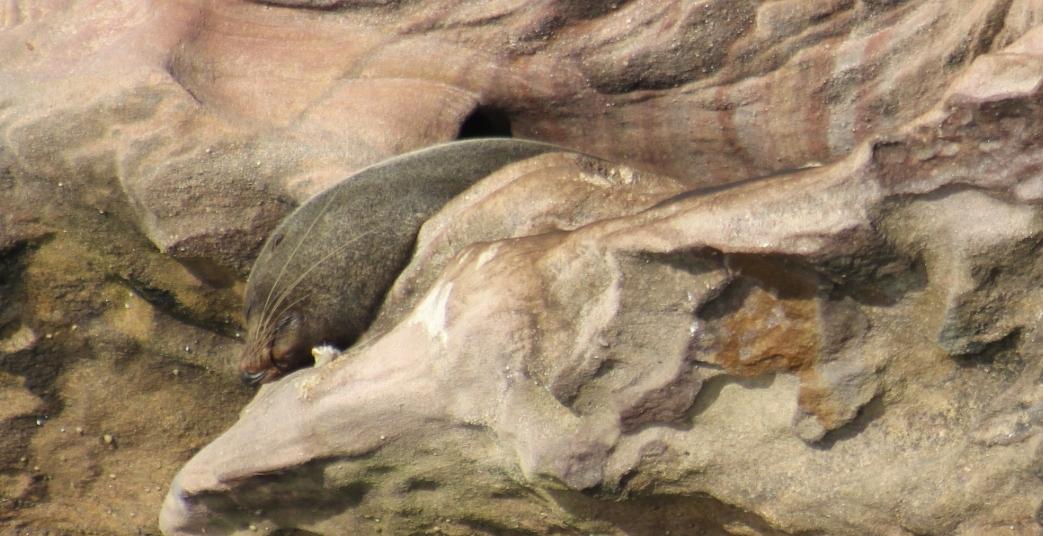
Spotted coming home: Southern Fur Seal Arctocephalus forsteri, or New Zealand Fur Seal at Barrenjoey - napping in the afternoon sun.
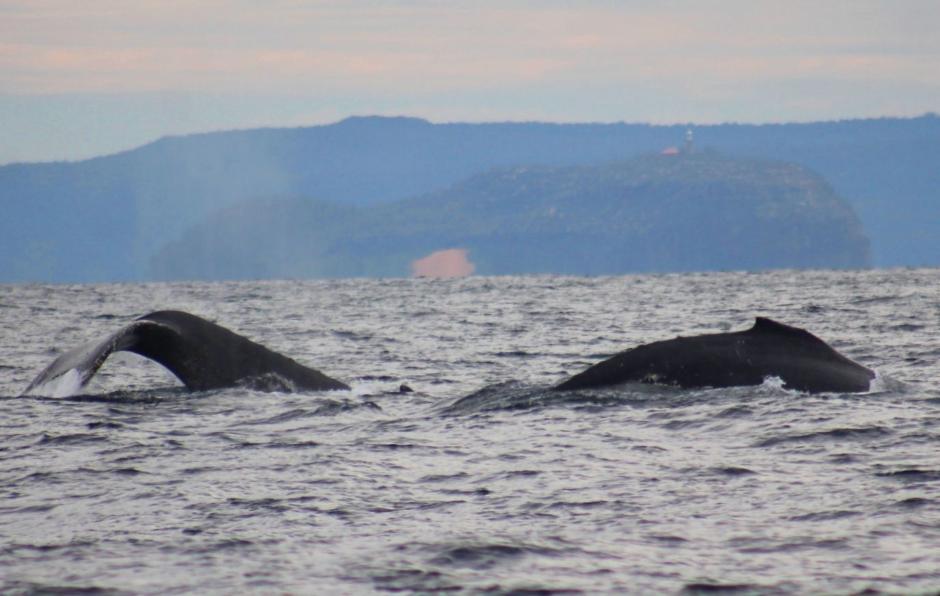
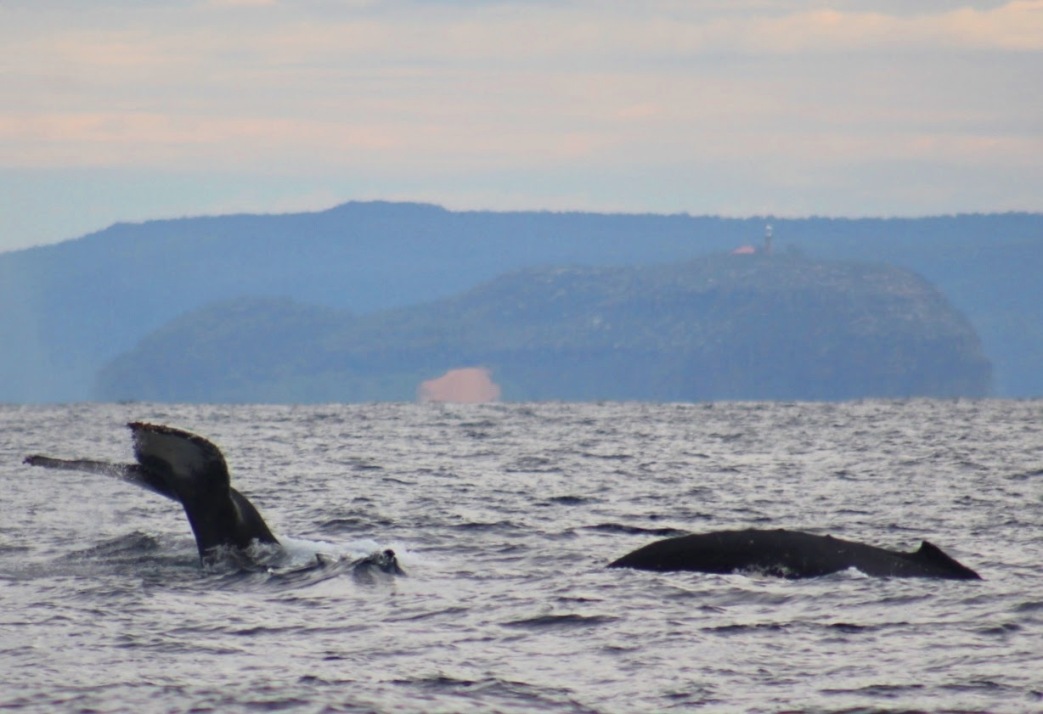
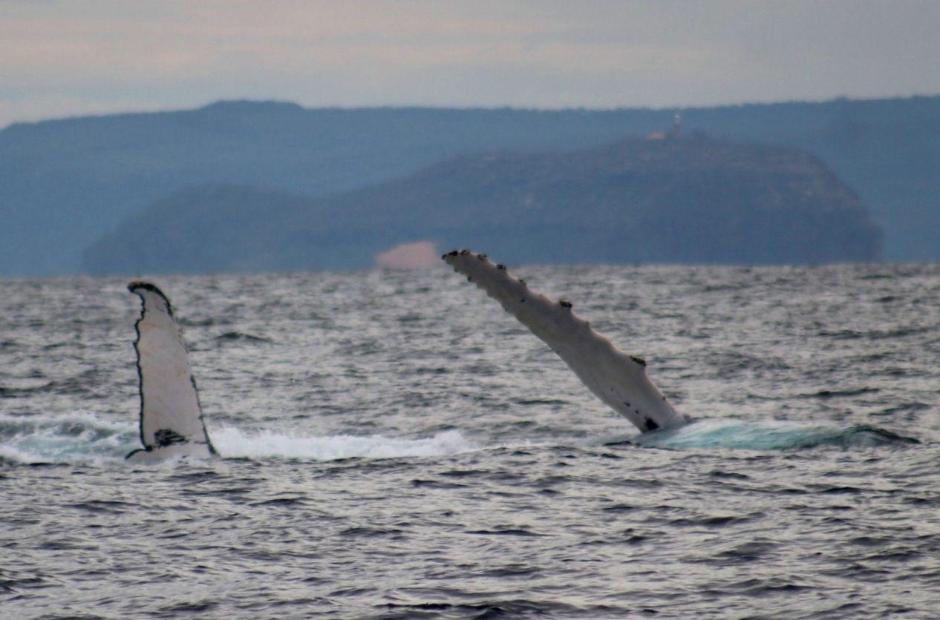

Report and Pictures by A J Guesdon, 2015.